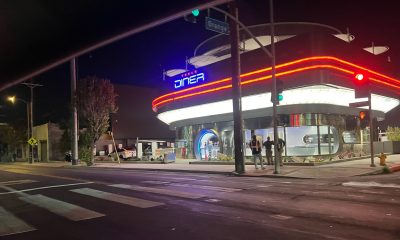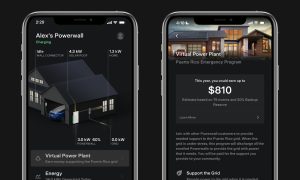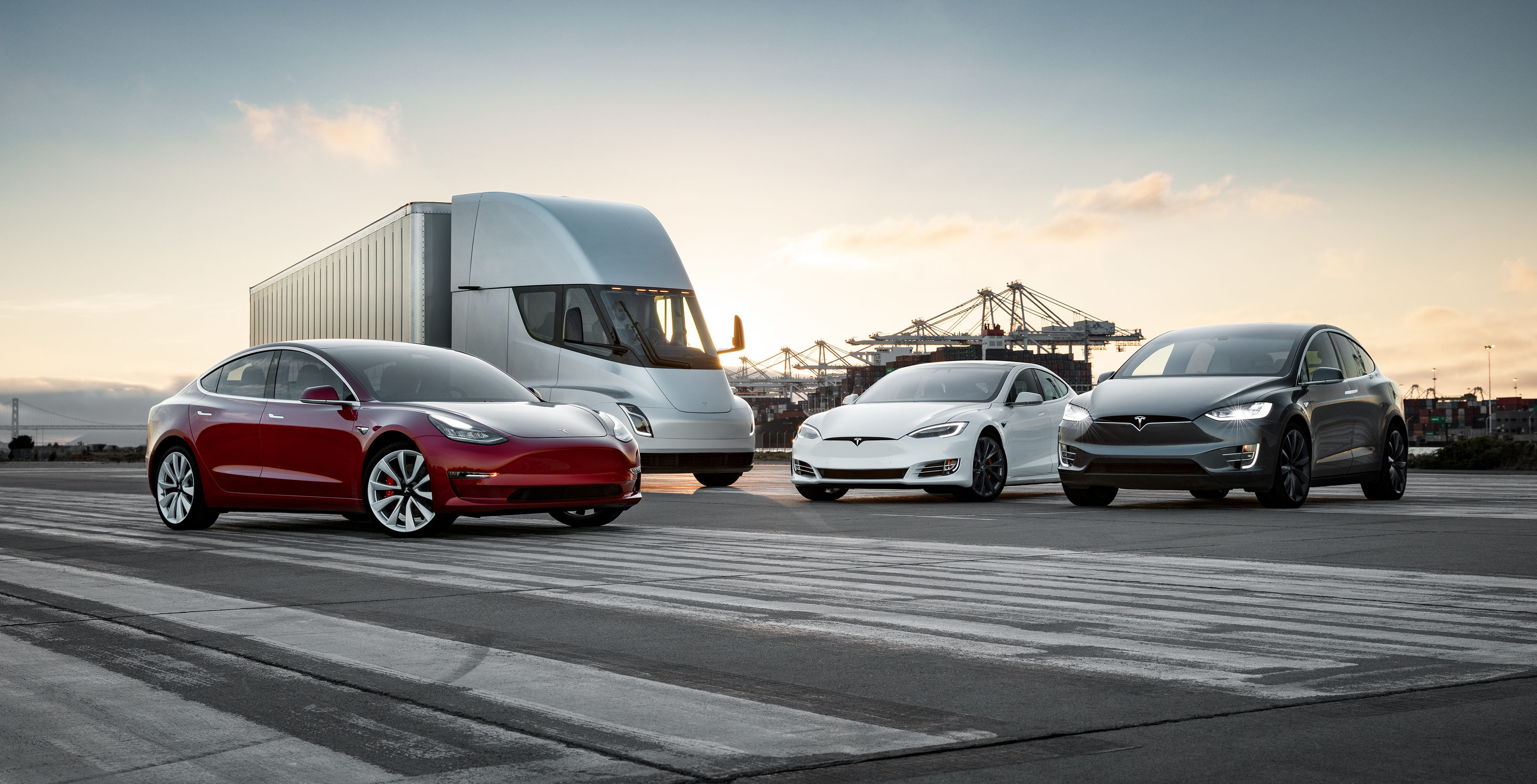

Lifestyle
Tesla’s 16-year anniversary: A tale of trials, tribulations, and grit that continues to this day
Sixteen years ago, engineer-entrepreneurs Martin Eberhard and Marc Tarpenning incorporated a company that was, for the most part, a legitimate long shot. Named Tesla Motors, the company occupied an office that had three desks and two small rooms in a decrepit building situated at 845 Oak Grove Avenue in Menlo Park, CA. The duo had a crazy business idea: they wanted to make electric cars, and they wanted to turn it into a business. At the time, the idea was practically insane, as EVs were not even part of any legitimate conversations in the auto market. Tarpenning and Eberhard had a concept for a Lotus-based electric sports car, but finding an investor who could pony up the $7 million required to build a prototype was insanely challenging.
Tesla’s Roots
During this time, Elon Musk was still busy looking into the idea of sending mice on a journey into space. Fortunately for Eberhard and Tarpenning, they soon got word that Musk, a multimillionaire who started a private rocket company, was looking to invest in the electric vehicle sphere. The duo flew down to Los Angeles and met with the SpaceX founder on a Friday, and over the course of the following weekend, Musk peppered Tarpenning with a barrage of questions about Tesla Motors’ business model. By the following Monday, Tarpenning and Eberhard were back in LA for another meeting with Musk. At the end of the meeting, Musk simply informed the men, “Okay, I’m in.”
Musk was precisely what Tesla Motors needed. He had the engineering background to understand what the company was trying to build, and his funds from his Silicon Valley fortune were vast. Musk invested $6.5 million into Tesla Motors, making him the largest shareholder and the Chairman of the company. Not long after this, Musk contacted JB Straubel, particularly as Eberhard and Tarpenning were meeting challenges in their vehicle’s batteries. Musk and Straubel had previously formed a kinship after finding common ground in EVs, particularly with the latter’s interest in using lithium-ion batteries to power a car (Musk had also agreed to fund Straubel’s lithium-ion battery ideas). During his meeting with Eberhard and Tarpenning, Straubel told them that he was building the battery they were looking for, also using funding from Musk. “We agreed to join forces and formed this ragtag group,” Straubel said, recalling Tesla Motors’ earliest days.
A lot has happened over the next 16 years. Tesla Inc., as the company is now called, has a market cap of around $40 billion, despite being one of the most shorted companies in the auto industry. The company has also expanded its operations to energy storage systems, a field that Straubel is still incredibly involved with. Elon Musk remains the largest shareholder and stands as the company’s CEO, though he has relinquished his Chairman role to board member Robyn Denholm following a run-in with the Securities and Exchange Commission. Today, Tesla is involved in what could only be described as a battle for the future of transportation, being the undisputed trailblazer in the electric vehicle market. So vast is the potential of the company that legendary investor Ron Baron has predicted that Tesla could eventually be a trillion-dollar company.

From the Tesla Roadster to the Model 3
To say that it took a lot of effort for Tesla to get to this point is an understatement, particularly as every vehicle that the company has released was met with pushback and an immense amount of skepticism. The original Tesla Roadster, the car that Eberhard, Tarpenning, and Straubel were creating since the earliest days of the company, was released in 2008, right in the middle of the US financial crisis. Objectively speaking, a two-seater, all-electric sports car was not a practical purchase then. The original Tesla Roadster had its own fair share of production challenges as well, to the point where auto publication The Truth About Cars actually decided to do a Tesla Death Watch series. Though late, the Roadster became successful nonetheless, forcing the Tesla Death Watch to end and becoming prolific enough to usher in the WhiteStar project, which would eventually become the Model S.
Bringing the Model S to market was just as hard, if not more difficult than the Roadster’s already-painful production ramp. In 2007, Musk showed noted auto designer Henrik Fisker Tesla’s idea for the WhiteStar sedan, a vehicle that must haul a family and cost about half the Roadster’s price. Fisker had a reputation for creating stunning automobiles for Aston Martin, BMW, and Mercedes-Benz, but as noted by Ron Lloyd, the former vice president of Tesla’s WhiteStar project, the designs he submitted for Tesla’s family sedan were strangely substandard. When Musk pushed back, Fisker would blame the physical constraints that Tesla placed on the car. And in 2008, Musk and the Tesla team looked in shock as Fisker started his own car company, Fisker Automotive, and unveiled the Karma, a hybrid vehicle that had all the makings of a well-designed green vehicle. It wasn’t until an established designer from Mazda, Franz von Holzhausen decided to take a leap of faith that project WhiteStar started progressing. Working with Musk on every detail of the car, the results of von Holzhausen’s work was the Tesla Model S, a car that would redefine not just electric vehicles, but cars as a whole.
Tesla’s next vehicles were no less challenging. The Model X was dismissed as an impossible vehicle to make due to its Falcon Wing Doors. While significantly delayed, the all-electric SUV nevertheless entered production, though it took extreme measures, such as Musk sleeping in the Fremont factory, to get the vehicle’s manufacturing underway. Fortunately for Tesla, it appears that the Model X became a lesson for the company, as evidenced by the more straightforward design of the Model 3, and later on, the Model Y. After coming to terms with its own hubris and creating what Elon Musk aptly described as the Fabergé egg of cars in the Model X, Tesla appears to have matured. This could be seen in the similarity of the company’s two mass-market vehicles.

Into the Future
Led by arguably one of the most relentless innovators alive today, Tesla remains engaged in battle every step of the way. Yet, despite the emergence of competitors that are generously dubbed “Tesla Killers,” and despite the persistently negative narrative surrounding the company, the electric car maker continues to grow. Tesla has even expanded its operations in China, where Gigafactory 3 is being built at a record pace. Once that is completed, Tesla could tap into China’s lucrative electric vehicle market without any unnecessary restraints. Other vehicles in the company’s lineup, from the new Tesla Roadster to the Tesla Semi to the Tesla Truck, are expected to be just as disruptive as every other electric car that the company has released.
Tesla’s electric cars are by no means the first EVs on the market. But they are the vehicles that forced the auto industry to recognize that there is a legitimate demand for compelling, well-designed electric cars. The presence of EVs such as the Porsche Taycan, which the German automaker expects will likely be practically as important as the 911, is proof that Tesla has and is succeeding in its mission to accelerate the world’s transition to renewable energy. A lot has happened in 16 years, but if Tesla’s character is any indication, it would seem that the company’s story is still just beginning.
Watch a Tesla enthusiast’s tribute video to Tesla’s 16 years in the video below.
Lifestyle
EV fans urge Tesla to acquire Unplugged Performance for edge in fleet and security industry
Unplugged Performance has built a name for itself by producing performance upgrades for Tesla vehicles.

A growing number of Tesla enthusiasts and longtime community voices are calling on the electric vehicle maker to acquire Unplugged Performance, a California-based aftermarket company best known for tuning Tesla vehicles and developing specialized government fleet solutions under its UP.FIT division.
The idea was once considered a niche proposal among EV fans, but it is now gaining serious attention not just as a performance play but as a strategic move to deepen Tesla’s roots in the fleet and security industry.
A strategic fit
Unplugged Performance has built a name for itself by producing performance upgrades for Tesla vehicles, from track-optimized components to visual and aerodynamic upgrades. But in recent years, its UP.FIT division has pivoted toward a more functional future by outfitting Tesla vehicles like Model Ys for police, military, and government use.
That work has sparked growing calls for closer collaboration with Tesla, especially as the EV maker increasingly leans into autonomy, AI, and fleet services as core components of its next chapter.
“I posted this four years ago, but I think it’s more true now than ever,” wrote Whole Mars Catalog, a well-known Tesla investor and FSD Beta tester, on X. “Tesla should buy Unplugged. But not just as a Performance division. What they are doing with UP.FIT unlocks large government and commercial fleet purchases that can improve utilization.”
Tesla fans such as shareholder Sawyer Merritt echoed the sentiment, calling Unplugged a “great fit within Tesla.” adding, “They are literally located directly next to Tesla’s design studio in Hawthorne.”
Enabling the next wave
Supporters of the idea noted that integrating Unplugged into Tesla’s corporate structure could help accelerate the adoption of autonomous technologies in government sectors. With UP.FIT patrol cars already in use across some U.S. police departments, Tesla fans envisioned a future where self-driving Teslas could potentially revolutionize law enforcement, search-and-rescue, and public service logistics.
“Just imagine how autonomous patrol cars could transform policing and bring us into a safer future,” the veteran FSD tester wrote.
The benefits could also extend to Tesla’s existing consumer base. “They also have some incredible products in the works that I think will appeal to many ordinary Tesla drivers — not just those looking for performance or mods. Stuff that’s so good it should have come straight from the design studio next door,” Whole Mars Catalog noted.
Unplugged Performance, founded in 2013, shares not just a product vision with Tesla, but also geography. Its Hawthorne headquarters sits directly adjacent to Tesla’s design studio, and the two companies have maintained a close working relationship over the years. The aftermarket firm has long positioned itself as a “mission-aligned” partner to Tesla.
In response to the recent calls for acquisition, Unplugged Performance acknowledged the support from the community. “Our very existence is to support the Tesla mission with @UpfitTesla and @UnpluggedTesla,” Unplugged CEO Ben Schaffer posted on X. “We love working with Tesla and are grateful for the community’s support since 2013!”
Elon Musk
X account with 184 followers inadvertently saves US space program amid Musk-Trump row
Needless to say, the X user has far more than 184 followers today after his level-headed feat.
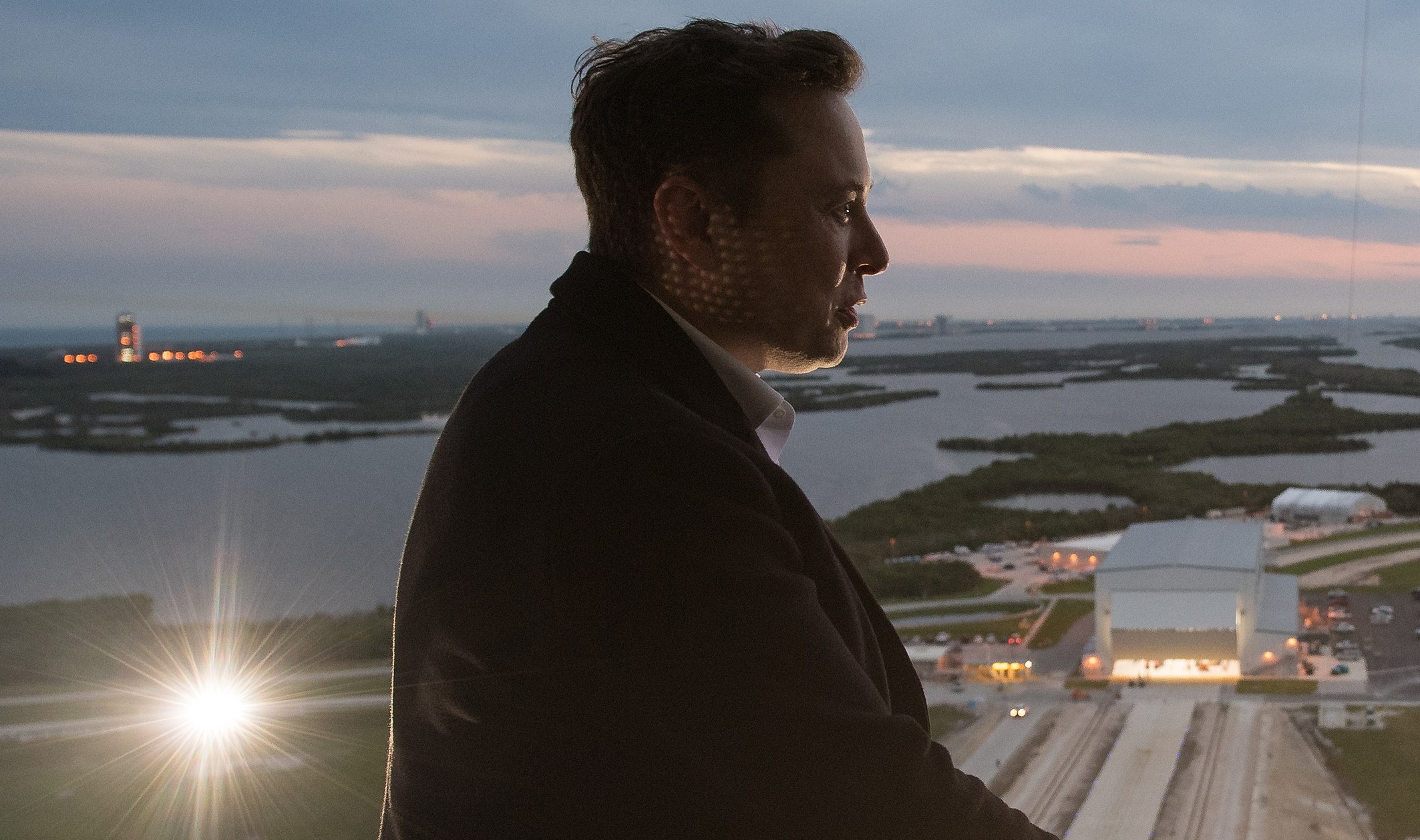
An X user with 184 followers has become the unlikely hero of the United States’ space program by effectively de-escalating a row between SpaceX CEO Elon Musk and President Donald Trump on social media.
Needless to say, the X user has far more than 184 followers today after his level-headed feat.
A Near Fall
During Elon Musk and Donald Trump’s fallout last week, the U.S. President stated in a post on Truth Social that a good way for the United States government to save money would be to terminate subsidies and contracts from the CEO’s companies. Musk responded to Trump’s post by stating that SpaceX will start decommissioning its Dragon spacecraft immediately.
Musk’s comment was received with shock among the space community, partly because the U.S. space program is currently reliant on SpaceX to send supplies and astronauts to the International Space Station (ISS). Without Dragon, the United States will likely have to utilize Russia’s Soyuz for the same services—at a significantly higher price.
X User to the Rescue
It was evident among X users that Musk’s comments about Dragon being decommissioned were posted while emotions were high. It was then no surprise that an X account with 184 followers, @Fab25june, commented on Musk’s post, urging the CEO to rethink his decision. “This is a shame this back and forth. You are both better than this. Cool off and take a step back for a couple days,” the X user wrote in a reply.
Much to the social media platform’s surprise, Musk responded to the user. Even more surprising, the CEO stated that SpaceX would not be decommissioning Dragon after all. “Good advice. Ok, we won’t decommission Dragon,” Musk wrote in a post on X.
Not Planned, But Welcomed
The X user’s comment and Musk’s response were received extremely well by social media users, many of whom noted that @Fab25june’s X comment effectively saved the U.S. space program. In a follow-up comment, the X user, who has over 9,100 followers as of writing, stated that he did not really plan on being a mediator between Musk and Trump.
“Elon Musk replied to me. Somehow, I became the accidental peace broker between two billionaires. I didn’t plan this. I was just being me. Two great minds can do wonders. Sometimes, all it takes is a breather. Grateful for every like, DM, and new follow. Life’s weird. The internet’s weirder. Let’s ride. (Manifesting peace… and maybe a Model Y.)” the X user wrote.
Lifestyle
Tesla Cybertruck takes a bump from epic failing Dodge Charger
The Cybertruck seemed unharmed by the charging Charger.
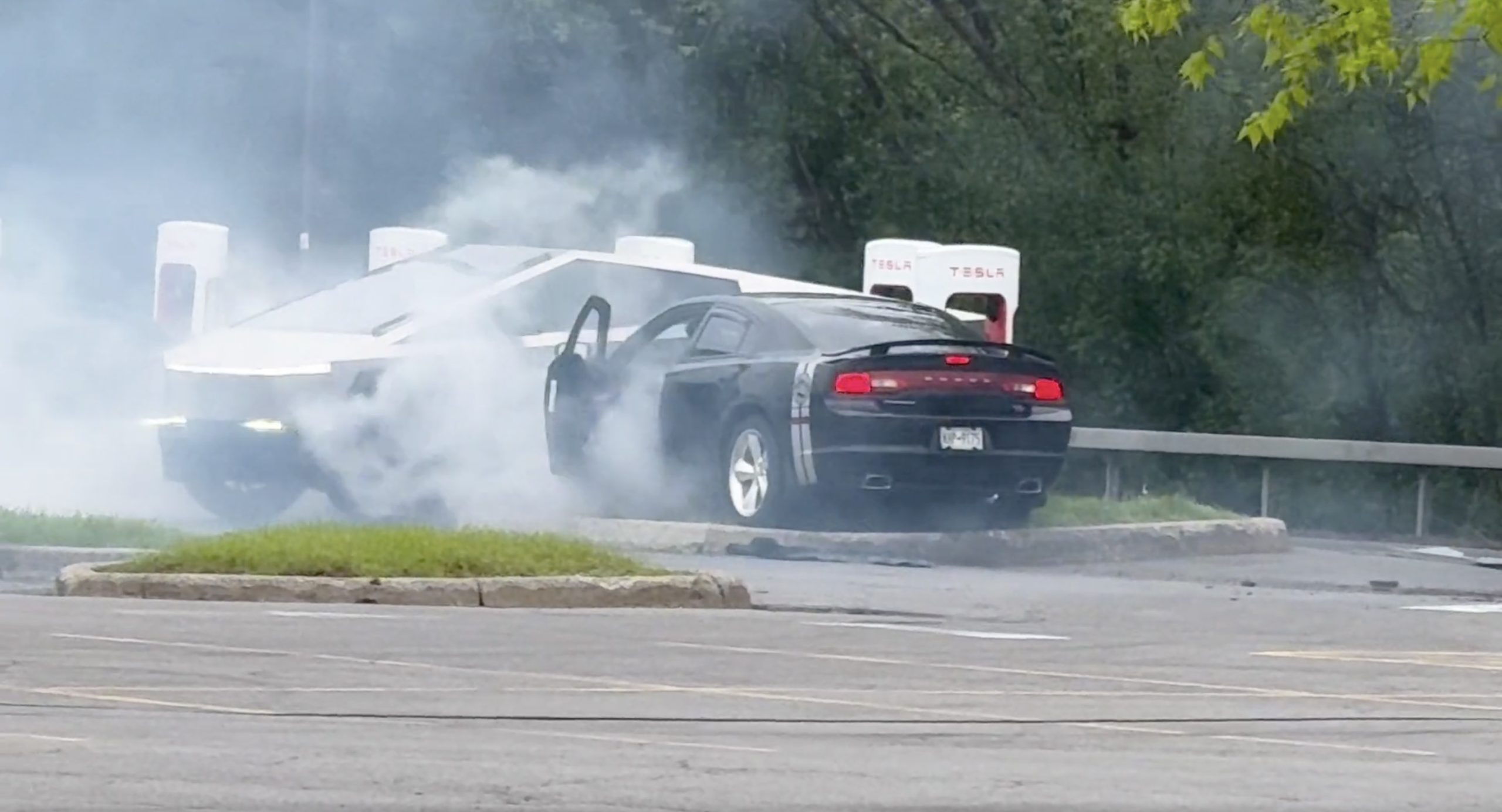
There comes a time in a driver’s life when one is faced with one’s limitations. For the driver of a Dodge Charger, this time came when he lost control and crashed into a Tesla Cybertruck–an absolute epic fail.
A video of the rather unfortunate incident was shared on the r/TeslaLounge subreddit.
Charging Charger Fails
As could be seen in the video, which was posted on the subreddit by Model Y owner u/Hammer_of_something, a group of teens in a Dodge Charger decided to do some burnouts at a Tesla Supercharger. Unfortunately, the driver of the Charger failed in his burnout or donut attempt, resulting in the mopar sedan going over a curb and bumping a charging Cybertruck.
Ironically, the Dodge Charger seemed to have been parked at a Supercharger stall before its driver decided to perform the failed stunt. This suggests that the vehicle was likely ICE-ing a charging stall before it had its epic fail moment. Amusingly enough, the subreddit member noted that the Cybertruck did not seem like it took any damage at all despite its bump. The Charger, however, seemed like it ran into some trouble after crashing into the truck.
Alleged Aftermath
As per the the r/TeslaLounge subreddit member, the Cybertruck owner came rushing out to his vehicle after the Dodge Charger crashed into it. The Model Y owner then sent over the full video of the incident, which clearly showed the Charger attempting a burnout, failing, and bumping into the Cybertruck. The Cybertruck owner likely appreciated the video, in part because it showed the driver of the Dodge Charger absolutely freaking out after the incident.
The Cybertruck is not an impregnable vehicle, but it can take bumps pretty well thanks to its thick stainless steel body. Based on this video, it appears that the Cybertruck can even take bumps from a charging Charger, all while chilling and charging at a Supercharger. As for the teens in the Dodge, they likely had to provide a long explanation to authorities after the incident, since the cops were called to the location.
-

 Elon Musk1 day ago
Elon Musk1 day agoWaymo responds to Tesla’s Robotaxi expansion in Austin with bold statement
-

 News1 day ago
News1 day agoTesla exec hints at useful and potentially killer Model Y L feature
-

 Elon Musk2 days ago
Elon Musk2 days agoElon Musk reveals SpaceX’s target for Starship’s 10th launch
-

 Elon Musk3 days ago
Elon Musk3 days agoTesla ups Robotaxi fare price to another comical figure with service area expansion
-

 News1 day ago
News1 day agoTesla’s longer Model Y did not scale back requests for this vehicle type from fans
-

 News1 day ago
News1 day ago“Worthy of respect:” Six-seat Model Y L acknowledged by Tesla China’s biggest rivals
-

 News2 days ago
News2 days agoFirst glimpse of Tesla Model Y with six seats and extended wheelbase
-

 Elon Musk2 days ago
Elon Musk2 days agoElon Musk confirms Tesla is already rolling out a new feature for in-car Grok


